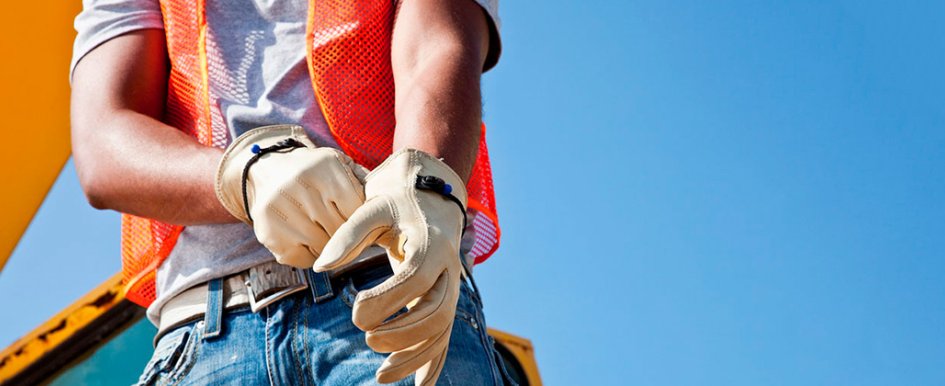
When farmer Paul Rackham decided it was time to unload his collection of 230 vintage tractors, he brought in more than $2 million at auction. This wasn’t a bad return for the fleet he had tended for 25 years and kept in “museum-like” condition. When it is time to make decisions on your construction equipment fleet, hermetically sealed museums are nowhere in sight, unless, of course, you’re building one.
Still, you hope to attract buyer interest and big returns. To achieve anywhere near Rackham’s success, fleet managers must address a range of issues. But the journey to strong used equipment values begins long before you enter the sales process. Consider the following 10 items as you evaluate potential disposal of your equipment assets.
1. Fine tune your disposition strategy.
Fleet managers can save time, make smart disposal decisions and increase returns by building a disposition strategy that takes into account total cost of ownership, equipment utilization, the project pipeline ahead, fleet upgrade and rebuild options and whether family members want to invest in the long-term future of the business.
2. Review your dance card.
Many potential partners can help you achieve your sales objectives. Don’t hesitate to discuss your plans with them.
3. Practice preventive maintenance.
Well before you put that long-running dozer up for sale, any product support salesperson will advise you to implement a preventive maintenance program. You will catch minor problems before they become major after failure repairs and keep your fleet productive. The maintenance paper trail you assemble shows you have cared for your equipment over the long haul. This practice will help fetch better prices when it comes time to unload a portion of your fleet.
4. Travel around the world in 80 clicks.
If you have equipment that has been parked at the back of the yard for more than a few weeks, think about turning those under-utilized assets into cash. Even if the old dog needs serious repair, there may still be a market for it. Some buyers prefer fixer-uppers or want them for parts. Online marketplaces with a global reach give you access to buyers in developing countries, where older models are popular and more easily maintained. An auction marketplace will get your elderly or wounded iron in front of markets where your machine is just what they need.
5. Determine whether you want quick cash or slow.
Whatever marketplace you choose, it’s important to know the fine print. For instance, dealer consignment gives you complete control of price, but uncertainty regarding timing of sale. You may prefer quicker conversion of assets to cash, which an auction marketplace can provide.
6. Drive decisions with data.
Knowing what your equipment is worth will help you decide whether to pull the trigger on a used sale. You can hire an independent appraiser, use your dealer’s used equipment team or arrange for an evaluation from your auction team, which has all the stats on what sold when, where and for how much. More data drives better decisions.
7. Take time to top off.
To attract buyers, make sure your machine offers a solid first impression. Include all attachments and accessories in working order. Top off fluids and make service history records available. The more documentation you have, the better.
8. Start with the cab.
Doug Nordlund, a member of the IronPlanet team and a 40-year, heavy-duty mechanic, has specific advice for anyone looking to get the best return from the sale of used equipment. “Make sure it’s clean, inside and out. Make sure the lights work and there are no flat tires. It’s very simple stuff really,” he said. “If the cab’s in good shape, that usually means the rest of the unit is as well.”
9. Double your return.
You will find a range of advice on what to fix and how much to spend before you put equipment on the block, but for every dollar spent on repairs prior to sale, you will gain two dollars in return. To assess needed repairs, engage a heavy-duty mechanic to give it the once over. Buyers are looking for equipment that they won’t have to spend more money on later.
10. Watch those deadlines.
If you select the auction route, know the deadlines. You will want to connect with your local representative, who will let you know when decisions are required to ensure your equipment is included in appropriate marketing materials. Online marketplaces also offer a range of options and enable you to sidestep transportation costs with the ability to sell your equipment from where it sits in your yard.
The bottom line is that your fleet needs to get the job done. Armed with a solid disposition strategy, you will regularly trim underutilized or high-maintenance units, retain greater asset value and keep your fleet technologically current. Paul Rackham would be proud.
